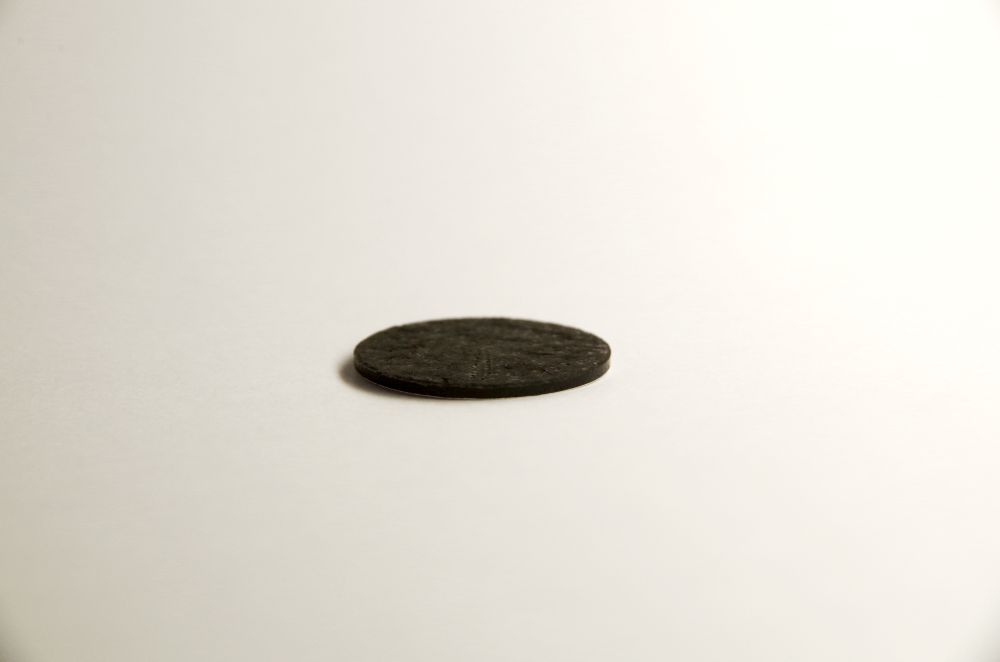| Duration: | 02/2025 - 12/2025 |
| Contracting Authority/ Sponsors: | Federal Ministry of Education and Research (BMBF) |
| Project Partners: | acp systems AG (Subcontract) |
| Project Focus: |
BEST – Battery Electrode Production Based on a Dry Coating Process

Electrical energy storage systems (EES) are crucial for the energy transition. The “BEST” project aims to develop an innovative process for the fabrication of dry-processed battery electrodes for Zinc-ion batteries. This process aims to significantly increase the efficiency and reproducibility of electrode production and eliminate time-consuming steps. By using sustainable PFAS-free binders in combination with innovative technologies, we aim to achieve cost-efficient and environmentally friendly battery electrode production.
The “BEST” project aims to develop an innovative process for the fabrication of battery electrodes for zinc-ion batteries. With a focus on efficiency and reproducibility, a new high-throughput production method is being developed that overcomes the challenges of existing manufacturing processes.
The central idea is to produce dry-processed (active) material mixtures, which are subsequently processed into thick-film electrodes (> 300 µm). The methodology includes the evaluation of different manufacturing processes to ensure uniform production of the electrodes. This innovative high-throughput production approach enables a uniform thickness while reducing time-consuming and cost-intensive process steps.
“BEST” aims to significantly reduce production costs and strengthen competitiveness in the field of battery technologies. The use of sustainable materials, in particular PFAS-free binders, will also contribute to achieving climate neutrality. The project results are not only relevant for the development of Zinc-ion batteries but can also be transferred to other battery technologies such as Lithium- and Sodium-ion batteries. By combining state-of-the-art manufacturing processes and scientific findings, “BEST” is positioning itself as a pioneer in battery research and production.